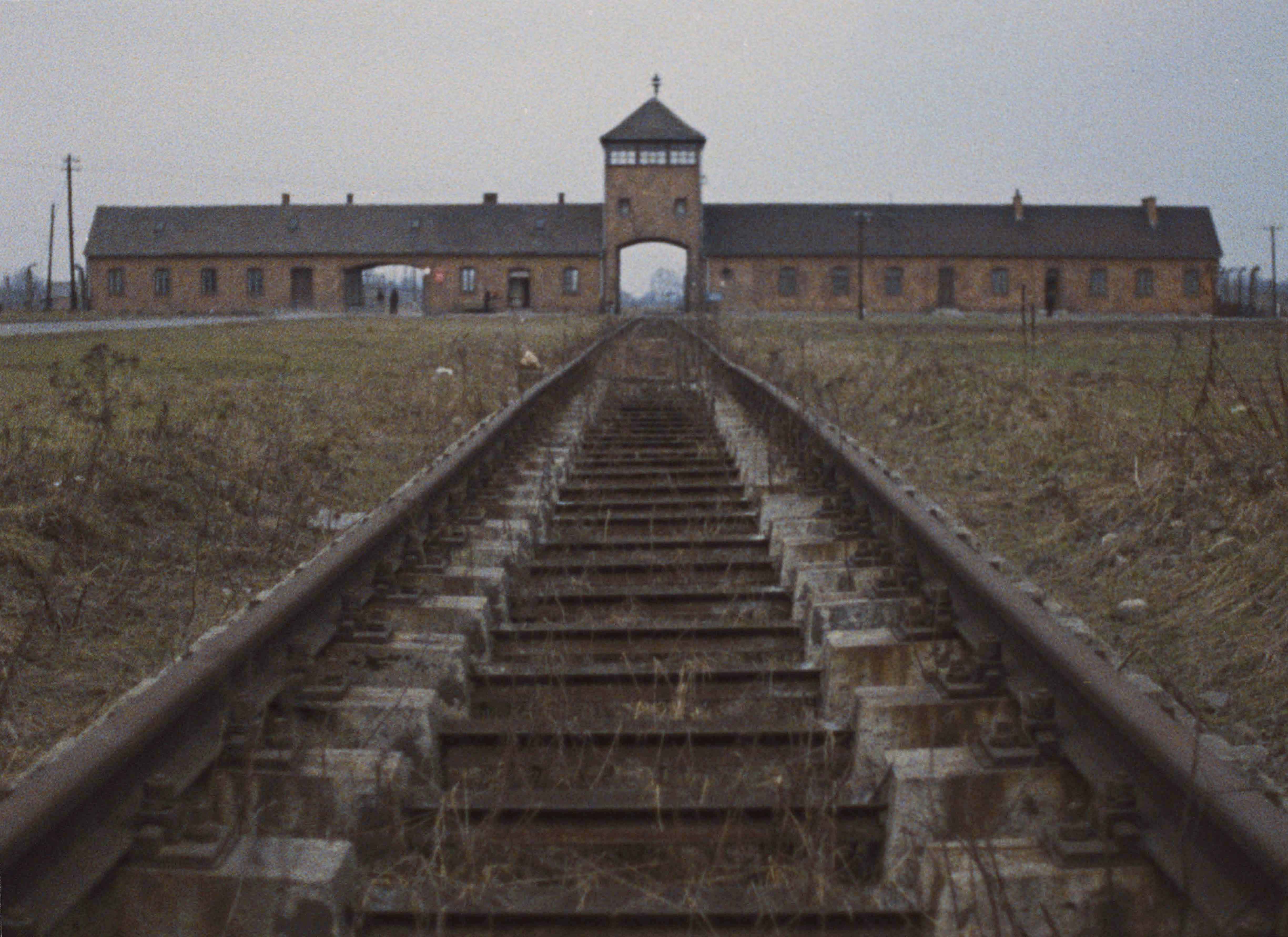The 1985 Holocaust documentary "Shoah," directed by Claude Lanzmann — screening until Mar. 6 at Tokyo's Theatre Image Forum — feels more like evidence than cinema. At 9½ hours, and filled with straight-to-the-camera testimony from concentration camp survivors, Nazi guards and many other eyewitnesses, it's an unrelentingly grim and grueling experience to sit through, albeit an important one.
Lanzmann, a Jew who grew up during the Nazi occupation of France, shot more than 350 hours of film for "Shoah" and spent five years editing it. He was merciless with his interviewees, pushing former camp inmates to tell their stories even when they tried to back away from memories that were too painful, and secretly filming perpetrators who did not wish to be caught on camera admitting their crimes. He predated Michael Moore in ambush journalism, turning up at the homes of former Nazis using a fake name and then bluffing them into interviews through flattery — and later ignoring the anonymity he promised them. As Lanzmann put it, he had to "deceive the deceivers," and normal journalistic standards were left by the wayside.
The Nazis went to great lengths to make sure there was no visual evidence of their plan to exterminate the Jews, known as the "Final Solution"; the only photos that exist of the concentration camps were taken after liberation. As such, the director uses only contemporary shots of trains moving through the Polish countryside to evoke the deportation of Jews to camps like Auschwitz and Treblinka, while the rest is told through testimony.



